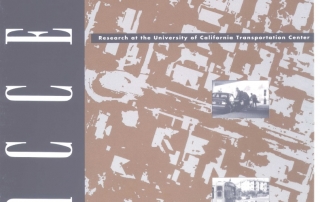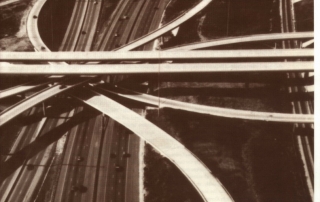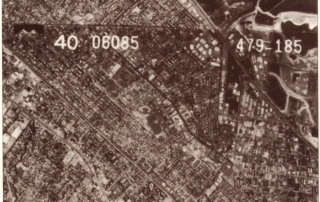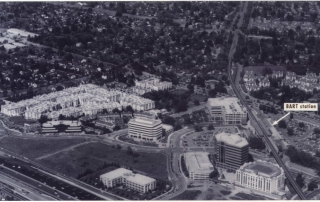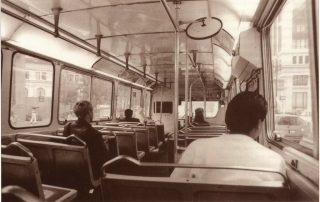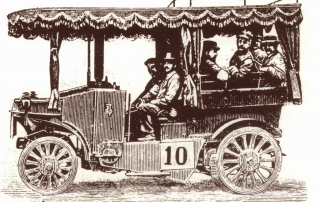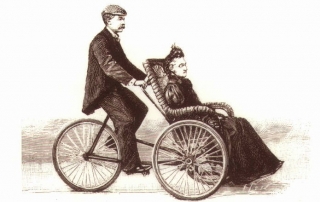ACCESS 05, Fall 1994
Introduction
Lydia Chen
In this issue of ACCESS, we examine how land use considerations can improve transportation planning. Transportation planners have traditionally sought to maximize mobility by supplying better roads and common carriers, thus making it easier to move around. Seldom have they sought to improve the characteristics of destinations. That’s been the responsibility of city planners and land developers. But, say our authors, that separation of land use and transportation planning is no longer good enough.

